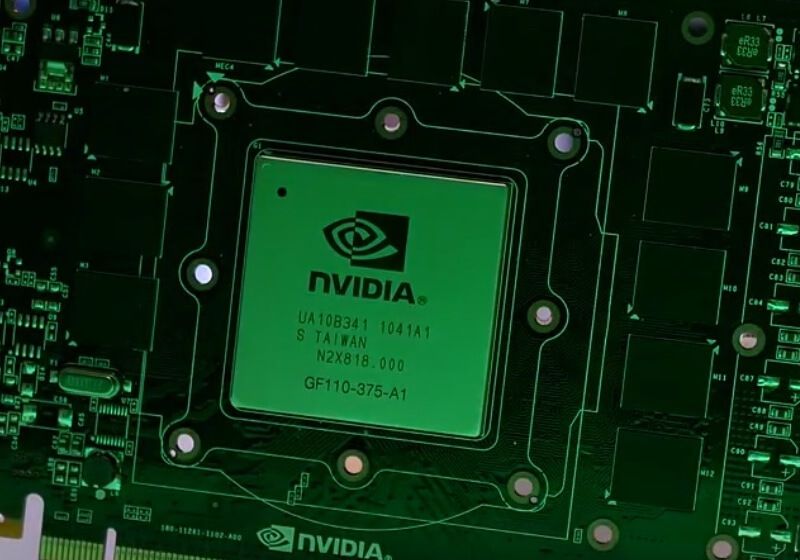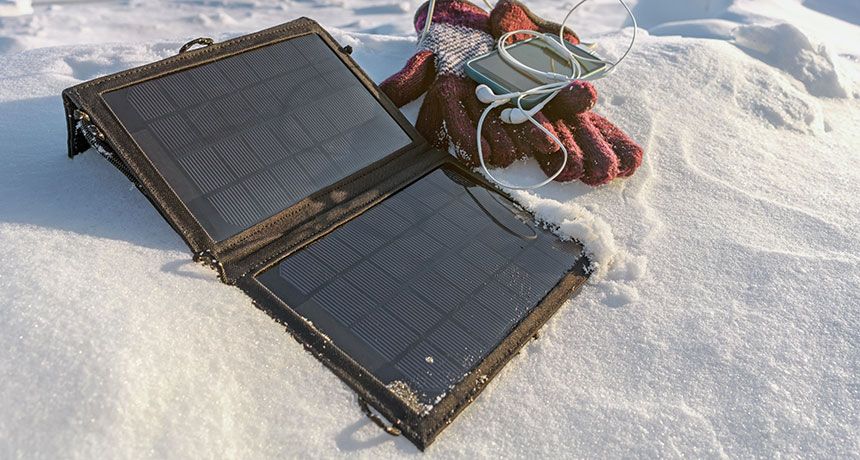This is good solution duel purpose.
Schools are installing bulletproof shelters for students and teachers.

Rumors swirled earlier this week suggesting Nvidia was preparing to showcase its next generation of GeForce graphics cards during its GPU Technology Conference (GTC) at the end of the month (or perhaps even during the annual Game Developers Conference a week earlier).
Unfortunately, neither venue will host the big reveal according to a recent report from Tom’s Hardware. Multiple independent sources tell the site that apart from a possible announcement and a vague appetizer, nothing concrete regarding Nvidia’s next-gen gaming hardware is likely to be shared at the shows.
“Rumors that these venues would be the big reveal for Nvidia’s 2018 cards to succeed its current Pascal lineup should be put to rest,” the site advises.

We could do this today. A couple ideas i would pitch would be: 1. A series of giant solar arrays in the American SW. 2. Giant wind turbines located in Tornado alley and built to withstand a direct hit from a tornado and try and put them where tornadoes would make direct hits on purpose.
After we get these sites built up enough to power the US, then build them up to power North and South America, eventually expand into Asia.
It would require an infrastructure overhaul costing hundreds of billions—if not trillions—of dollars, but technically speaking, it’s possible.


It’s official: the bomb cyclone is back.
The winter storm that the Weather Channel has dubbed “Riley” has been undergoing the rapid intensification process called “bombogenesis,” which means its central pressure is dropping quickly (an indicator of a storm’s strength).
In this case, the nor’easter still appears to be intensifying, but the central surface pressure of the storm system has already dropped by at least 24 millibars (mb) in 24 hours, which means it is undergoing bombogenesis (or “explosive bombogenesis”) and qualifies it as a weather bomb or bomb cyclone.




Your past would theoretically be obliterated and a strange new future would stand before you.
The belief that venturing into a black hole will lead to instant death, with one’s body being torn to pieces, is one that has long pervaded the scientific community, but now a new study by a Berkeley University physicist has suggested that it may actually be possible to fall into a black hole and survive.
Even more intriguing, once inside the black hole, a person may find that their past has been completely obliterated and they could have the opportunity to live many different and strange futures.
